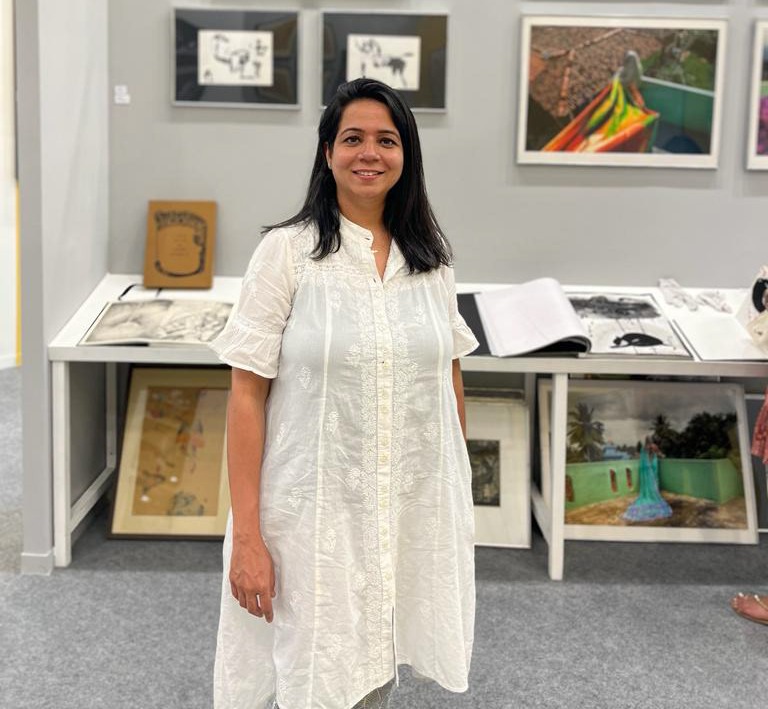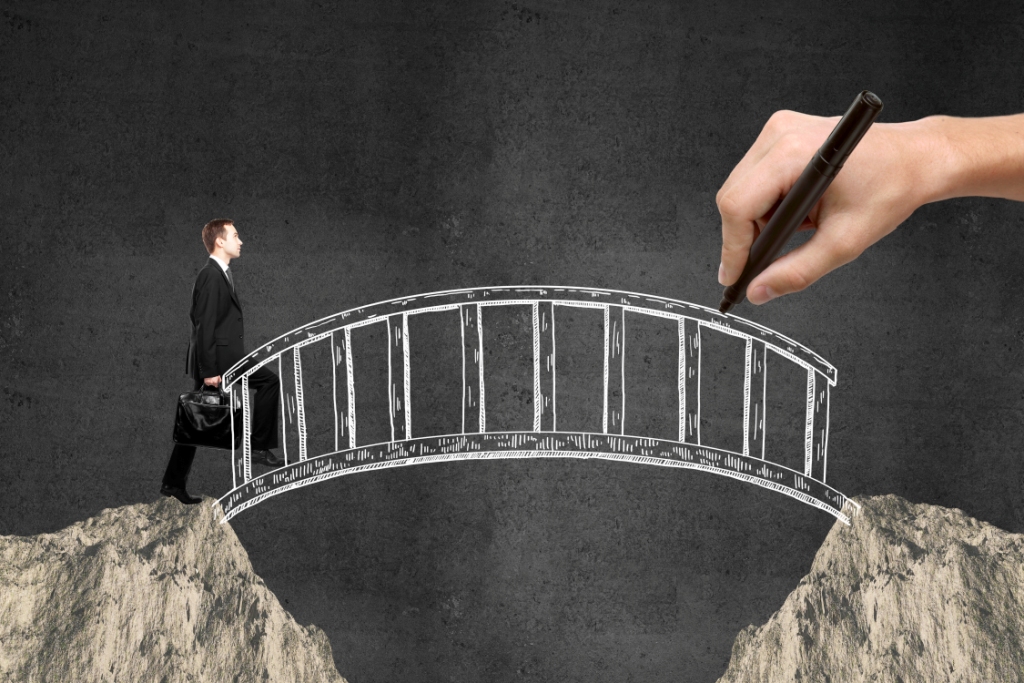Bridging the Gap: How Workplace Culture Shapes Gender Equality in Design
The design industry, a dynamic force shaping our world, is constantly evolving. From the towering skyscrapers that define cityscapes to the sleek decor that grace our homes, design plays a crucial role in influencing our experiences and shaping the very fabric of our lives. Yet, to truly reflect the richness and complexity of the world we inhabit, the design field requires a vibrant and inclusive culture that empowers women to contribute their unique talents and perspectives.

By promoting diversity, dismantling gender-based barriers, and actively championing equity, design firms can create a more just work environment by unlocking their full creative potential and pushing the boundaries of innovation. In this article, Ar. Kavita Batra, Founder and Principal Architect of Uniifyy talks about bridging the gap of Gender equality and its significant need in the design industry.
Harnessing the Power of Diverse Voices
Design thrives on fresh ideas and the ability to see the world from different angles. When diverse voices are welcomed and encouraged, a rich tapestry of perspectives emerges. Women, who make up a significant portion of the design talent pool, bring valuable insights and experiences to the table. Their contributions can enrich the design process in countless ways, leading to solutions that are more inclusive, empathetic, and in tune with the needs of a diverse user base. For example, the design of public spaces should include women as it is more likely to consider the specific needs and safety concerns of female users, leading to more inclusive and user-friendly environments.
Building a Foundation of Empowerment
Creating a truly inclusive culture requires proactive measures beyond simply striving for diversity. Implementing mentorship programs can connect senior-level women with their junior counterparts, cultivating a strong support network and providing valuable career guidance. Additionally, offering flexible work arrangements and parental leave policies demonstrates a commitment to work-life balance, attracting and retaining top talent regardless of gender. Furthermore, actively challenging unconscious bias within the design community is crucial. By openly discussing these issues and promoting awareness, we can create a culture where respect and appreciation for all individuals become the norm.
Cultivating a Collaborative Spirit
Beyond encouraging individual empowerment, a strong collaborative spirit is essential for leveraging the full potential of a diverse team. This involves creating an environment where open communication, mutual respect, and active listening are encouraged. When team members feel comfortable sharing their ideas and perspectives freely, regardless of their background or experience, the collective creative output is amplified. By fostering a collaborative spirit, teams can ensure that the diverse voices within their group are heard and valued. This leads to a more cohesive and effective process, where everyone feels invested in the success of the project.

Unleashing the Full Spectrum of Creativity
Inclusivity in the workspace is not just about doing the right thing; it’s also about smart business. Studies have shown that diverse teams are demonstrably more creative and innovative. When individuals with different backgrounds, experiences, and perspectives work together, a synergy of ideas emerges, leading to groundbreaking solutions and pushing the boundaries of design. By encouraging a culture that celebrates diversity and empowers all voices, design firms can unlock their full potential for creativity. This, in turn, leads to a more vibrant and innovative industry that benefits not only the companies themselves but also the wider world they shape through their designs.
The design industry stands at a crossroads. Embracing gender equality and fostering a truly inclusive culture can unlock a future brimming with innovation and creativity. The journey towards this brighter future is an ongoing one, requiring continuous effort and commitment. But the rewards are substantial, leading to a more equitable, innovative, and ultimately, more human-centred design landscape. This is not just a future for the design industry; it is a future for all.

Shared by: Kavita Batra,
Founder and Principal Designer of Uniifyy.




